- Inspect the seedlings
- Choose the appropriate location
- Prepare the soil
- 1. Clear the area
- 2. Test the soil
- 3. Add organic matter
- 4. Loosen the soil
- 5. Remove any obstacles
- 6. Level the soil
- 7. Water the soil
- 8. Consider using mulch
- Plant the seedlings
- Provide adequate support
- Water the seedlings regularly
- Protect the seedlings from pests
- Monitor the growth and adjust care accordingly
- 1. Regularly check the height and size of the seedlings
- 2. Monitor the amount of sunlight they receive
- 3. Water the seedlings as needed
- 4. Adjust the temperature and humidity
- 5. Fertilize the seedlings
- “Question-Answer”
- What should I do if I have unplanted seedlings with blooming buds?
- Can I still plant seedlings with blooming buds?
- What can I do to help seedlings with blooming buds survive?
- Is it better to discard seedlings with blooming buds if they are weak?
- What are some common mistakes to avoid when planting seedlings with blooming buds?
- How long does it take for seedlings with blooming buds to fully mature?
- “Video” Planting Peonies (Plants & Tubers) in My Garden! // Garden Answer
So you have just received a batch of seedlings with beautiful blooming buds, but you are not yet ready to plant them in your garden. What should you do? Don’t worry, we have put together a step-by-step guide to help you take care of your unplanted seedlings and ensure their survival until they can be transplanted.
Step 1: Prepare a temporary holding area
Find a suitable spot in your garden where the seedlings can be temporarily placed. This area should have partial shade and be protected from strong winds. Prepare the soil by loosening it and removing any weeds or grass.
Step 2: Water the seedlings
Once you have prepared the temporary holding area, water the seedlings thoroughly to ensure that they are well-hydrated. Use a gentle spray or mist to avoid damaging the delicate buds.
Step 3: Provide adequate sunlight
Although the seedlings need partial shade, they still require some sunlight to thrive. Place them in an area where they will receive a few hours of dappled sunlight each day. If necessary, you can create some shade using a light cloth or mesh.
Step 4: Protect from pests
Unplanted seedlings are vulnerable to pests, so it’s important to take measures to protect them. Use organic pest control methods such as placing companion plants or using natural repellents to deter pests from attacking your seedlings.
Step 5: Monitor and care for the seedlings
Keep a close eye on your seedlings and regularly check their hydration levels. Water them whenever the soil feels dry and adjust their position to ensure they are getting the right amount of sunlight. Remove any dead or damaged leaves to promote healthy growth.
Step 6: Prepare for transplantation
While caring for your unplanted seedlings, make sure to also prepare the final planting area in your garden. Clear any weeds or debris, improve the soil quality, and plan the layout of your garden beds. This will ensure a smooth transition for your seedlings when they are ready to be transplanted.
Remember, keeping your unplanted seedlings healthy and happy is crucial to their survival. Follow these steps and give them the care they need until it’s time to transplant them into your garden. With a little patience and dedication, you will soon be enjoying the beauty of your blooming seedlings in their new home.
Inspect the seedlings
Before deciding what to do with your unplanted seedlings with blooming buds, it is important to inspect them to assess their health and condition. This will help you make an informed decision about their future.
- Check for pests and diseases: Carefully examine the seedlings for any signs of pests such as aphids, caterpillars, or diseases like powdery mildew or fungal infections. If you notice any issues, it is recommended to treat them before proceeding.
- Assess the overall health: Look at the leaves, stem, and roots of the seedlings. Healthy seedlings should have vibrant green leaves, sturdy stems, and well-developed root systems.
- Inspect for root-bound plants: Gently remove the seedlings from their containers and check if the roots have become tightly packed within the pot. If the roots are circling around the edges or growing in a tangled manner, the seedlings may be root-bound, which can impact their ability to grow successfully.
- Consider the size: Evaluate the size of the seedlings in relation to their potential planting location. If the seedlings have outgrown their containers or have become too tall or leggy, they may require immediate planting or a larger pot.
- Note any signs of stress: Look for any signs of stress such as wilting, yellowing leaves, or stunted growth. These may indicate that the seedlings have not been properly cared for or have experienced adverse growing conditions.
By thoroughly inspecting the seedlings, you can determine their overall condition and make an informed decision about the next steps to take. Whether it’s planting them in the ground, repotting them into larger containers, or finding alternative solutions, your careful inspection will guide you towards the best course of action.
Choose the appropriate location
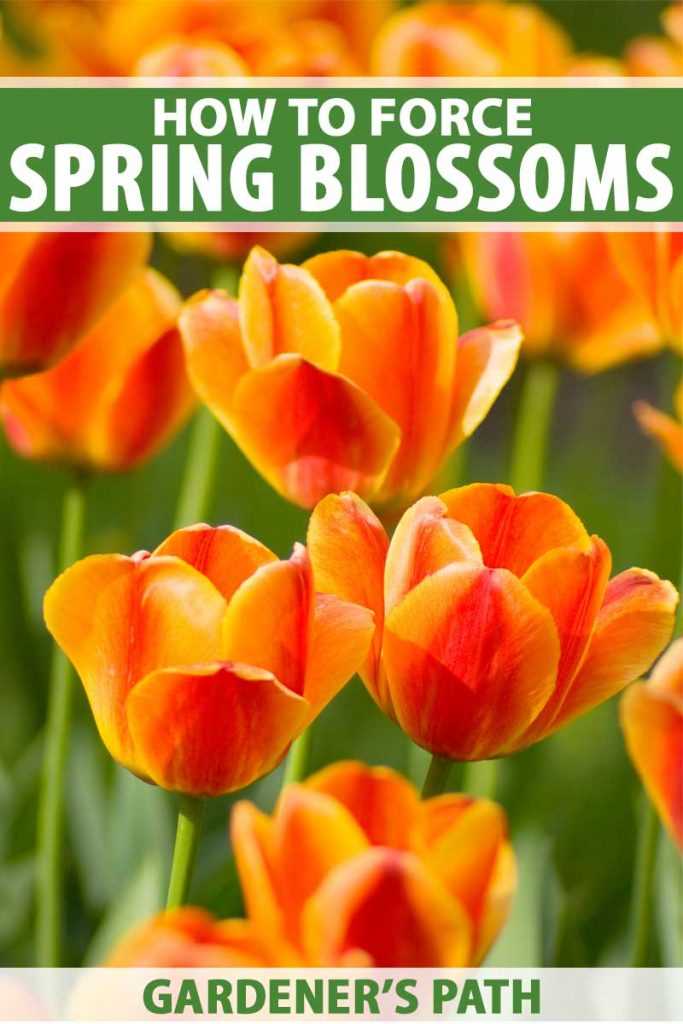
When deciding where to plant your seedlings, it’s important to choose a location that meets their specific requirements for sunlight, soil type, and drainage. Here are some factors to consider:
- Sunlight: Most seedlings require at least 6 hours of direct sunlight each day. Choose a location with adequate sunlight exposure for healthy growth and flowering.
- Soil type: Different types of seedlings have different soil preferences. Some prefer well-draining soils, while others thrive in moist or loamy soils. Check the specific requirements for your seedlings and choose a location that matches their soil needs.
- Drainage: Good drainage is essential for healthy root development and to prevent waterlogging. Avoid planting in areas with poor drainage, as excessive moisture can lead to root rot and other plant diseases.
- Protection from wind: Strong winds can damage delicate seedlings and hinder their growth. Choose a location that provides some protection from strong gusts, such as a sheltered spot near a fence or building.
- Space availability: Consider the mature size of your seedlings and ensure they have enough space to grow without overcrowding. Avoid planting them too close to walls or other structures that can restrict their growth.
By considering these factors and choosing an appropriate location, you can ensure that your seedlings have the best chance of thriving and producing beautiful blooms. Take the time to evaluate your garden or outdoor space to find the ideal spot for your unplanted seedlings.
Prepare the soil
Before planting the seedlings with blooming buds, it is important to prepare the soil properly. This will ensure that the plants have the best chance of thriving and producing beautiful flowers.
1. Clear the area
Start by clearing the area where you plan to plant the seedlings. Remove any weeds, rocks, or debris from the soil. This will create a clean and healthy environment for the new plants.
2. Test the soil
It is recommended to test the soil before planting to determine its pH level and nutrient content. This can be done with a soil testing kit or by sending a sample to a laboratory. Based on the results, you can make any necessary amendments to ensure the soil is suitable for your seedlings.
3. Add organic matter

To improve the soil structure and fertility, add organic matter such as compost or well-rotted manure. This will provide essential nutrients to the plants and help retain moisture in the soil.
4. Loosen the soil
Using a garden fork or a tiller, loosen the soil to a depth of about 6-8 inches. This will help improve drainage and allow the roots of the seedlings to penetrate easily.
5. Remove any obstacles
If there are any large stones, roots, or other obstructions in the soil, remove them to create a smooth surface for planting. This will prevent any barriers that could hinder the growth of the seedlings.
6. Level the soil
Using a rake or a garden hoe, level the soil surface to create an even planting bed. This will provide a uniform environment for the seedlings and ensure they are planted at the proper depth.
7. Water the soil
Before planting the seedlings, water the soil thoroughly to ensure it is moist. This will help the plants establish their roots and reduce the risk of shock after transplanting.
8. Consider using mulch
Applying a layer of mulch around the seedlings can help conserve moisture, control weeds, and regulate the soil temperature. Choose a suitable mulch material such as wood chips, straw, or compost and apply it around the base of the plants.
By following these steps to prepare the soil, you can create an optimal growing environment for your unplanted seedlings with blooming buds. This will give them the best chance of thriving and producing beautiful flowers.
Plant the seedlings
Now that your unplanted seedlings have blooming buds, it’s time to plant them in the ground. Follow these steps to ensure a successful planting process:
- Choose a suitable location for planting the seedlings. Consider factors such as sunlight exposure, soil quality, and drainage.
- Prepare the soil by removing any weeds, rocks, or debris that may hinder the growth of your seedlings.
- Dig a hole in the prepared soil that is deep enough to accommodate the root system of the seedling.
- Gently remove the seedling from its container, taking care not to damage the roots or the blooming buds.
- Place the seedling in the hole, ensuring that the top of the root ball is level with the surrounding soil.
- Backfill the hole with soil, pressing it firmly around the base of the seedling to eliminate any air pockets.
- Water the newly planted seedling thoroughly to help settle the soil and provide it with the necessary moisture.
- Install a plant support or stake if needed, to help the seedling maintain an upright position as it grows.
- Continue to monitor the soil moisture levels and water the seedling regularly as needed to promote healthy growth.
- Consider applying a layer of mulch around the base of the seedling to help conserve moisture and suppress weed growth.
By following these steps, you can ensure that your unplanted seedlings with blooming buds have a smooth transition to their new home in the ground. With proper care and attention, they will continue to bloom and thrive in their new environment.
Provide adequate support
Once your unplanted seedlings begin to bloom, it is important to provide them with adequate support to ensure their healthy growth. Without proper support, these blooming buds may become damaged or may not develop to their full potential.
There are several methods you can use to provide support for your seedlings:
- Staking: Insert wooden or metal stakes into the soil next to the seedlings and gently tie the stems to the stakes with plant ties or garden twine. This will help prevent the plants from bending or breaking under the weight of their blooms.
- Cage support: Use a wire cage or a tomato cage to surround the seedlings, ensuring that the cage is tall enough to accommodate the height of the plants. As the seedlings grow, gently weave the stems through the openings in the cage to provide support.
- Trellis: Install a trellis near the seedlings and gently train the stems to grow up the trellis. This will help the plants grow vertically and prevent them from sprawling or falling over.
It is important to check on your seedlings regularly and adjust the support as needed. If you notice that the stems are becoming too heavy or the plants are leaning or bending, provide additional support or make necessary adjustments to ensure their proper growth.
Remember, providing adequate support for your unplanted seedlings with blooming buds is crucial for their overall health and productivity. By taking these steps, you can enjoy beautiful and healthy plants that will thrive throughout the growing season.
Water the seedlings regularly
Proper watering is essential for the health and growth of your seedlings. It is important to maintain consistent moisture levels in the soil and avoid both overwatering and underwatering.
Below are some steps to follow for watering your seedlings:
- Observe the soil moisture: Check the soil moisture level by inserting your finger about an inch deep into the soil. If it feels dry, it’s time to water. If it feels moist, wait for a day or two before watering.
- Watering method: Use a watering can or a fine mist sprayer to gently water the seedlings. Avoid using a hose with a strong stream of water, as it may damage the delicate seedlings.
- Water quantity: Water the seedlings until you see water seeping out from the drainage holes at the bottom of the pots. This ensures that the entire root system gets properly hydrated.
- Watering schedule: Create a regular watering schedule based on the specific needs of the seedlings. Generally, seedlings need to be watered every 2-3 days, but this can vary depending on factors such as temperature and humidity.
- Time of watering: Water the seedlings in the early morning or late afternoon to minimize evaporation and allow the plants to absorb the water before the heat of the day.
- Keep an eye on the moisture: Continuously monitor the moisture level of the soil and adjust the watering frequency accordingly. Avoid overwatering, as it can lead to root rot and other diseases.
Remember, each plant has different water requirements, so it’s important to research and understand the specific needs of your seedlings. By providing them with proper hydration, you are ensuring their healthy growth and development.
Protect the seedlings from pests
Once your seedlings have blooming buds, it’s important to protect them from pests that may harm or destroy them. Here are some steps to keep pests away:
- Inspect regularly: Regularly inspect your seedlings for any signs of pests. Look for chewed leaves, holes in the soil, or any other indications of pest activity.
- Remove weeds: Weeds can attract pests and provide them with a hiding place. Remove any weeds from around your seedlings to reduce the risk of pest infestation.
- Use organic pest control: Avoid using harsh chemical pesticides that can harm your seedlings and the environment. Instead, opt for organic pest control methods like neem oil, insecticidal soaps, or natural predators like ladybugs.
- Implement physical barriers: Protect your seedlings by using physical barriers like floating row covers or netting. These barriers will prevent pests from reaching your plants and causing damage.
- Practice companion planting: Some plants have natural defenses against pests or attract beneficial insects that can prey on pests. Consider companion planting your seedlings with pest-repellent plants like marigolds or herbs like basil and mint.
- Keep the area clean: Remove any fallen leaves or debris from around your seedlings, as they can attract pests. Maintaining a clean and tidy garden area will discourage pests from taking up residence near your plants.
By following these steps, you can help protect your seedlings from pests and ensure their healthy growth. Remember to monitor your seedlings regularly and take action at the first sign of pest activity.
Monitor the growth and adjust care accordingly
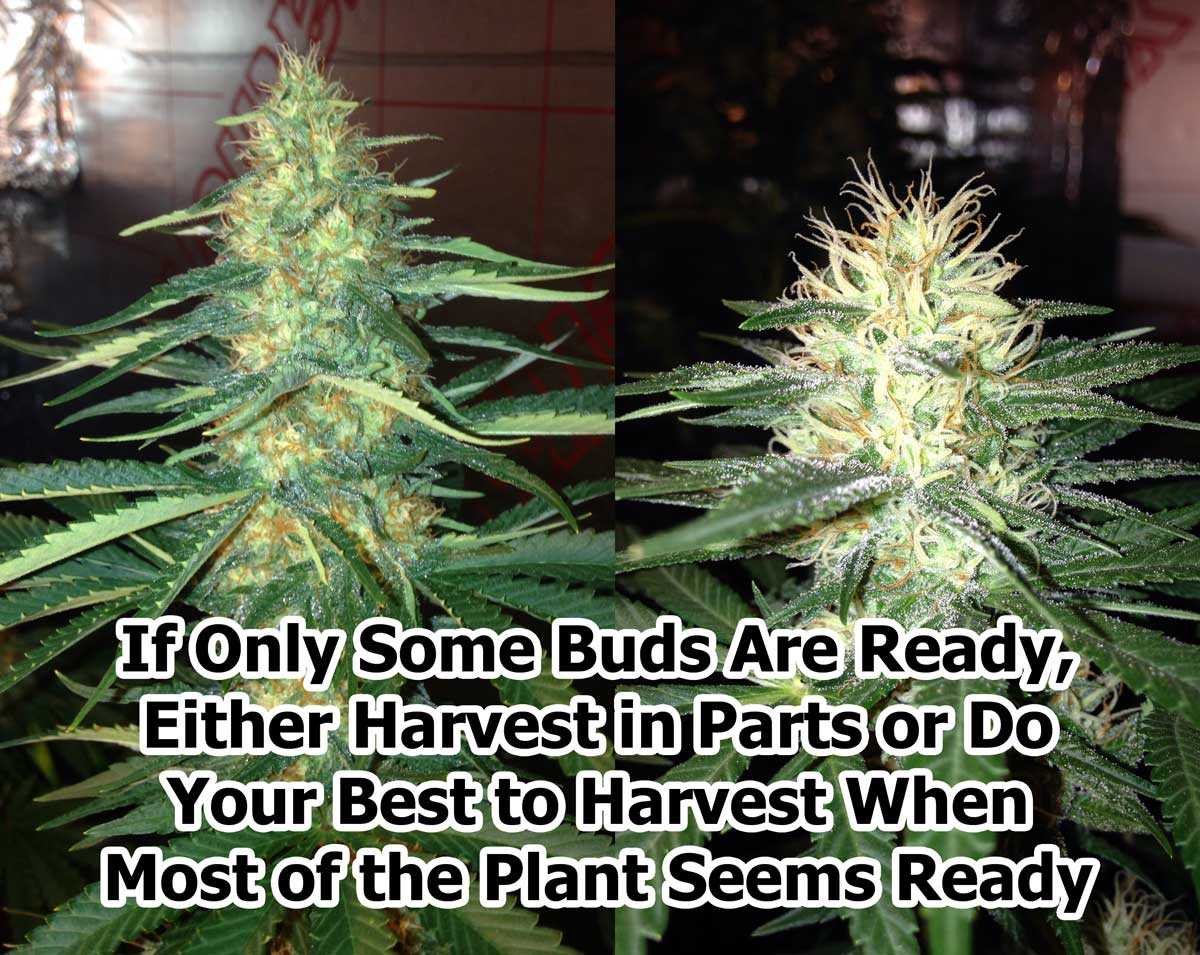
Once you have planted your seedlings and they have started to grow, it’s important to monitor their growth and make any necessary adjustments to their care. Monitoring the growth of your seedlings allows you to track their progress and ensure they are receiving the proper care they need to thrive.
1. Regularly check the height and size of the seedlings
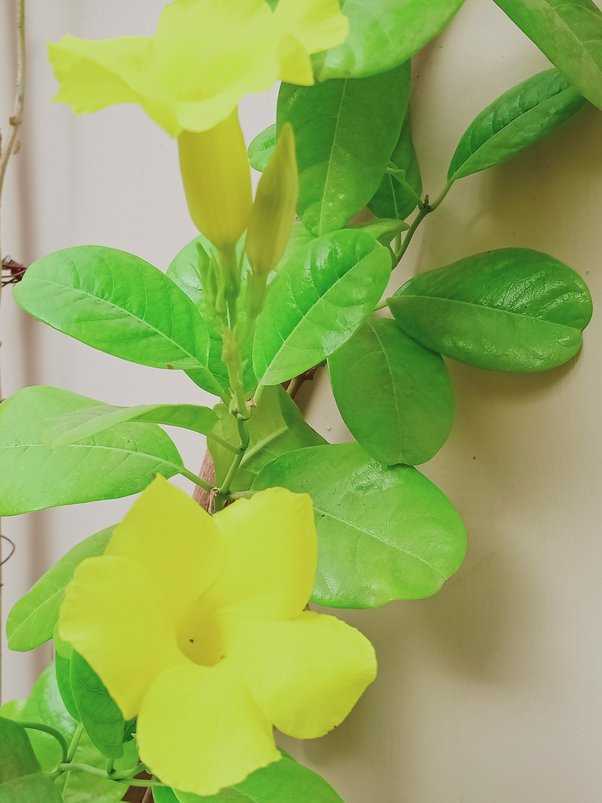
Measure the height of your seedlings on a regular basis. This will give you an indication of their growth rate and allow you to quickly identify any issues. Additionally, observe the overall size and appearance of the seedlings. Are they growing uniformly or are some lagging behind? Adjust care accordingly based on their growth and appearance.
2. Monitor the amount of sunlight they receive
Seedlings require an appropriate amount of sunlight to grow. Monitor the amount of sunlight they receive and make any necessary adjustments. If the seedlings are not receiving enough sunlight, consider moving them to a sunnier location or providing supplemental lighting. On the other hand, if the seedlings are receiving too much direct sunlight, provide shade to prevent them from burning or drying out.
3. Water the seedlings as needed
Regularly check the moisture level of the soil and water the seedlings as needed. Seedlings require consistent moisture, but overwatering can lead to root rot and other issues. Stick your finger into the soil up to your knuckle, and if it feels dry, it’s time to water. Use a watering can or a spray bottle to gently water the seedlings, ensuring the water reaches the roots without causing puddles or waterlogged soil.
4. Adjust the temperature and humidity
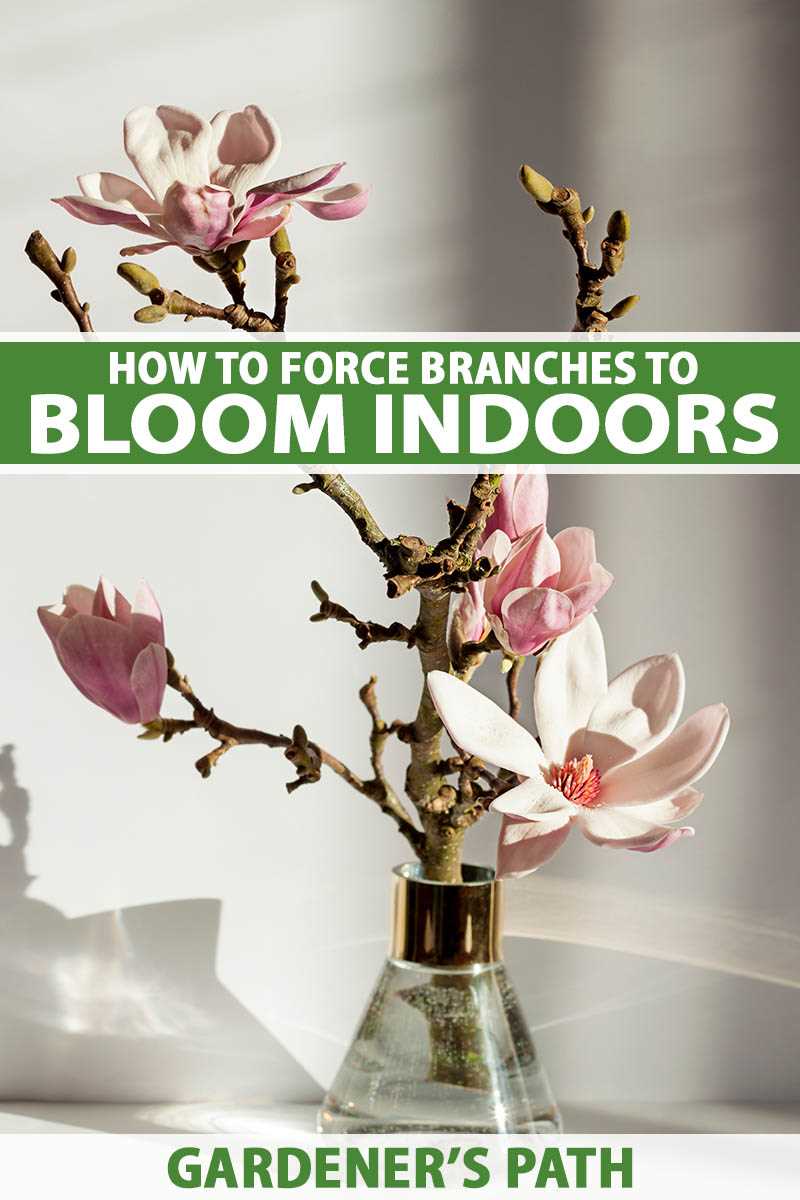
Seedlings typically thrive in warmer and more humid conditions compared to mature plants. Keep an eye on the temperature and humidity levels in the environment where your seedlings are growing. Consider using a thermometer and humidifier/dehumidifier to maintain the ideal conditions for your seedlings. Adjust the temperature and humidity as necessary to promote healthy growth.
5. Fertilize the seedlings
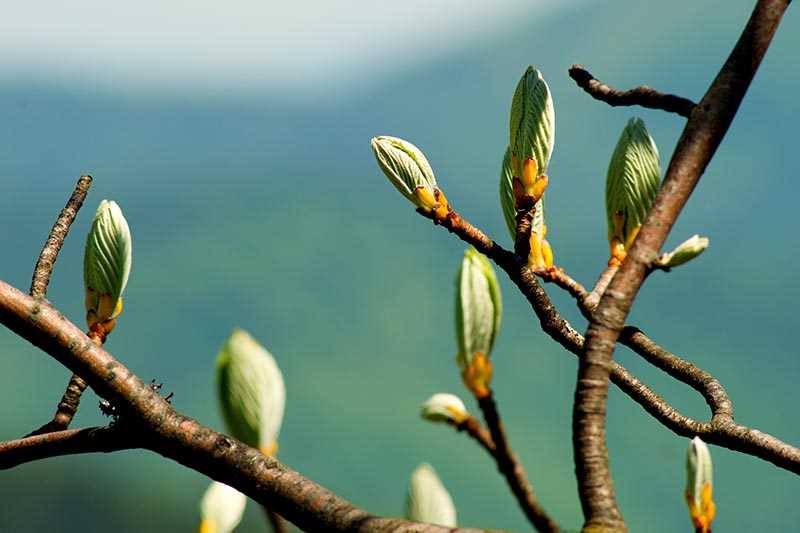
As the seedlings grow, they will require additional nutrients to support their development. Consider using a slow-release fertilizer or organic compost to provide the necessary nutrients. Follow the instructions on the fertilizer packaging for the correct dosage and application method. Be cautious not to over-fertilize, as this can damage the seedlings.
By regularly monitoring the growth of your seedlings and adjusting their care accordingly, you can ensure they have the best chance of thriving and producing beautiful blooms. Remember to stay observant, patient, and attentive to their needs throughout the growth process.
“Question-Answer”
What should I do if I have unplanted seedlings with blooming buds?
If you have unplanted seedlings with blooming buds, the first step is to assess the condition of the seedlings. If they are healthy and have strong roots, you can proceed with planting them in the appropriate soil. However, if the seedlings appear weak or damaged, it may be best to discard them and start fresh.
Can I still plant seedlings with blooming buds?
Yes, you can still plant seedlings with blooming buds as long as they are healthy and have strong roots. These seedlings may require additional care and attention to ensure they continue to thrive after transplantation.
What can I do to help seedlings with blooming buds survive?
To help seedlings with blooming buds survive, it is important to plant them in the appropriate soil and provide them with adequate water and sunlight. Additionally, you can consider using a fertilizer specifically designed for young plants to promote their growth. Regular monitoring and timely adjustments to their care routine will also be beneficial.
Is it better to discard seedlings with blooming buds if they are weak?
If seedlings with blooming buds appear weak or damaged, it may be better to discard them and start fresh. Weak seedlings are less likely to survive transplantation and may also have underlying health issues that could affect the overall health of your garden.
What are some common mistakes to avoid when planting seedlings with blooming buds?
When planting seedlings with blooming buds, it is important to avoid some common mistakes. One mistake is planting the seedlings too deep, which can lead to suffocation or damage to the roots. Another mistake is not providing adequate water or sunlight, as this can stunt their growth. It is also important to avoid over-fertilizing, as this can burn the delicate roots of the seedlings.
How long does it take for seedlings with blooming buds to fully mature?
The time it takes for seedlings with blooming buds to fully mature can vary depending on the specific plant species. Generally, it can take anywhere from a few weeks to several months for the blooming buds to develop into fully mature flowers or fruits. It is important to research the specific plant species you are growing to determine the expected maturity time and adjust your care routine accordingly.







